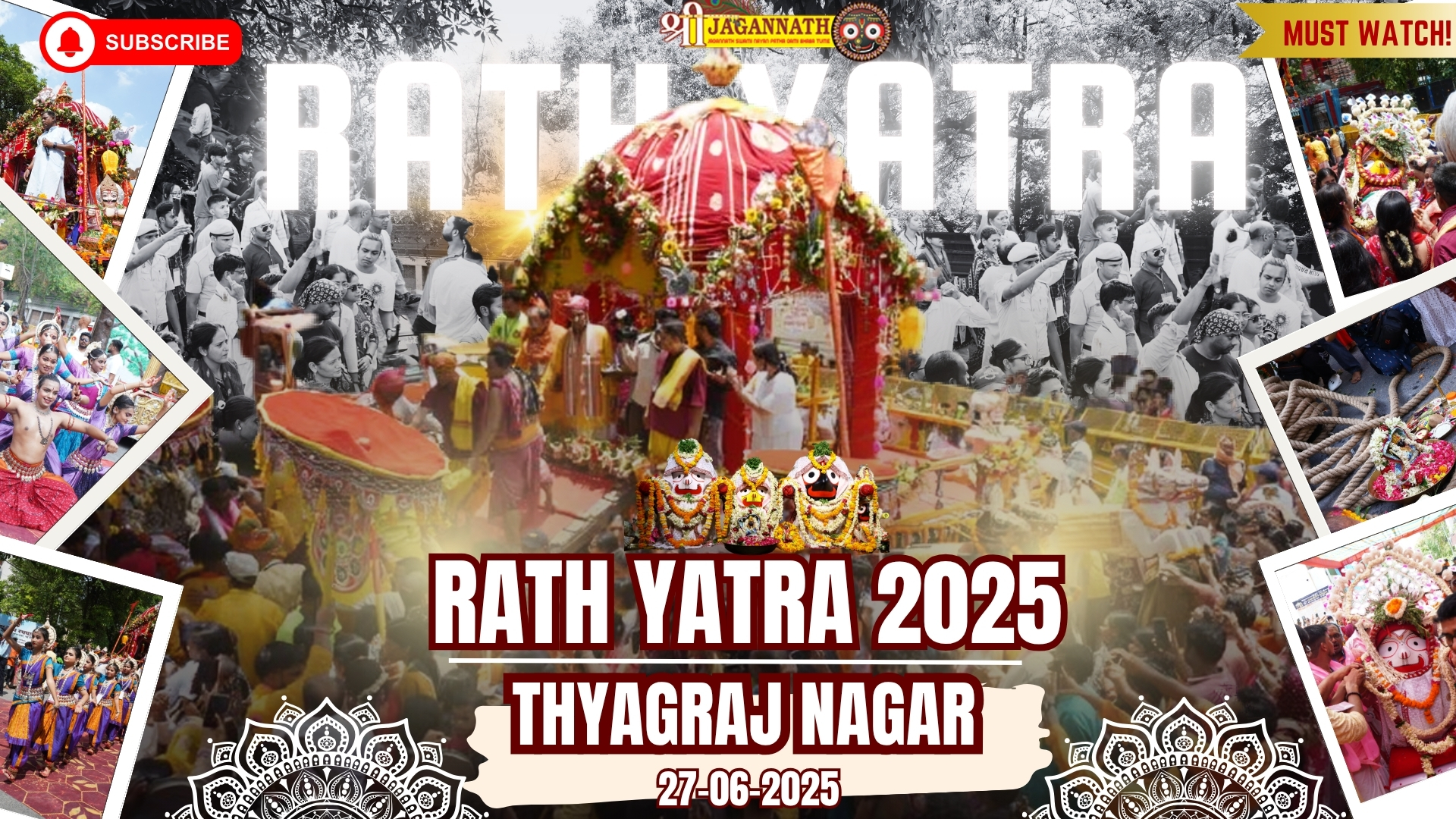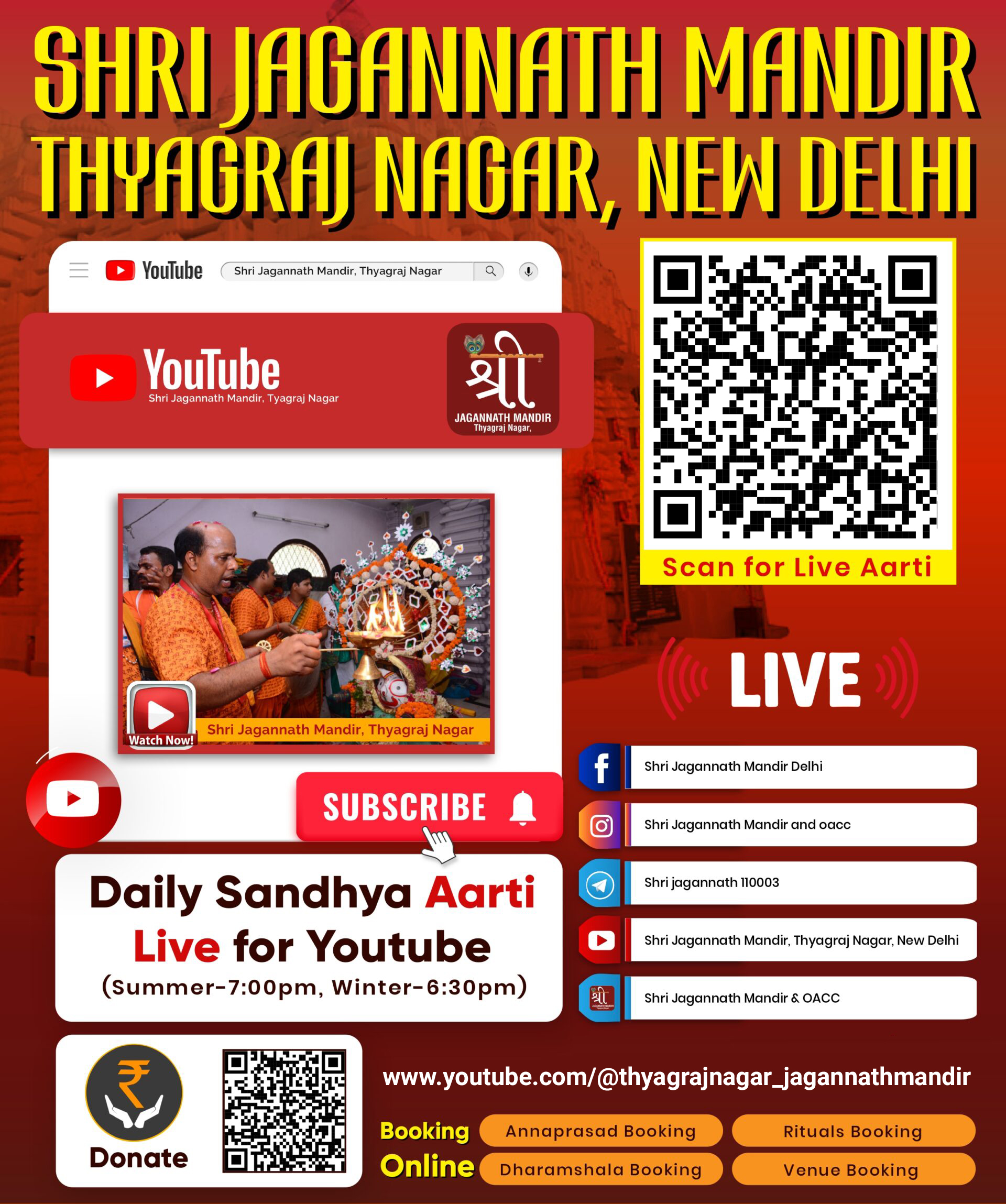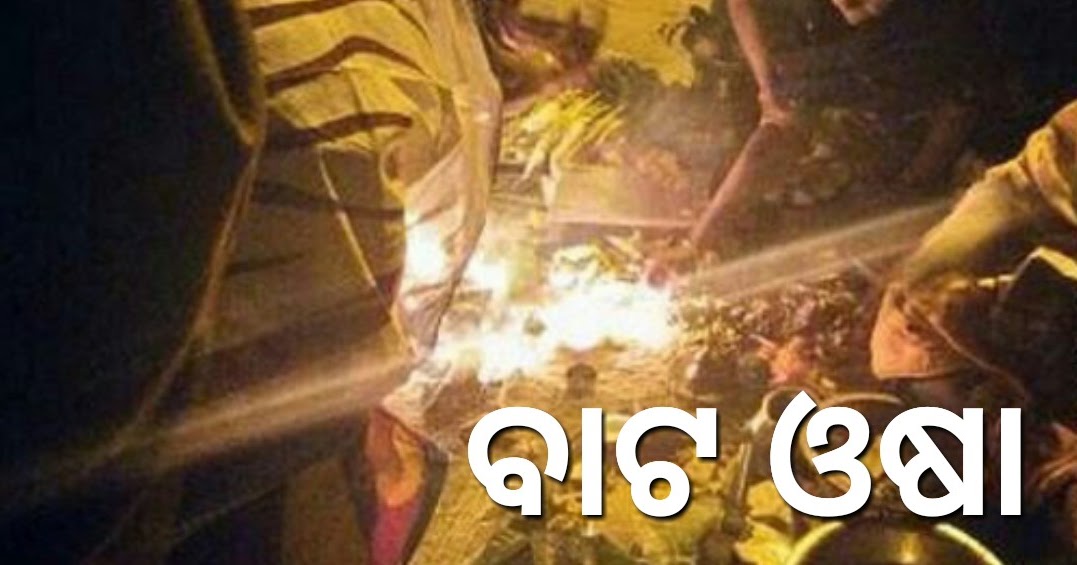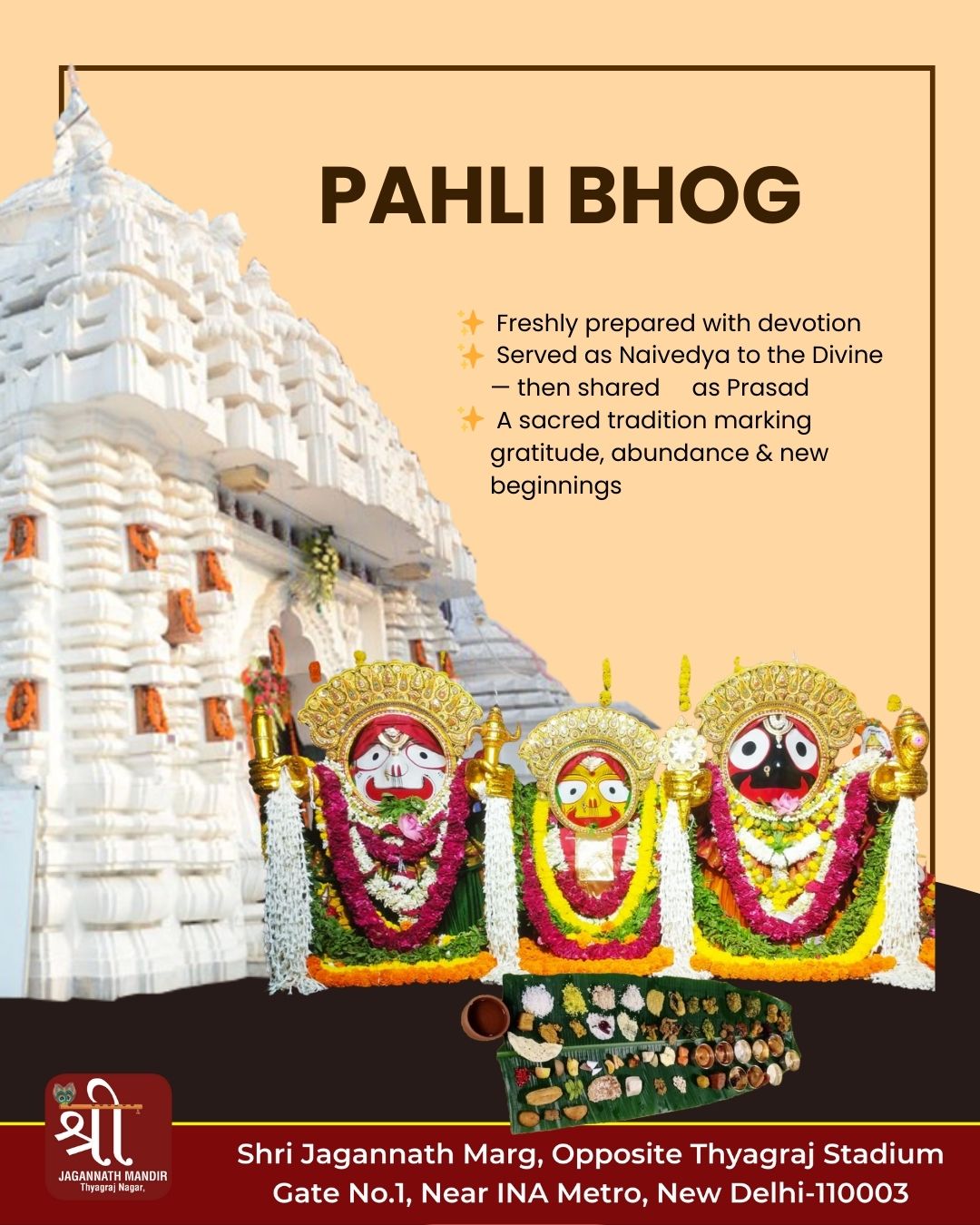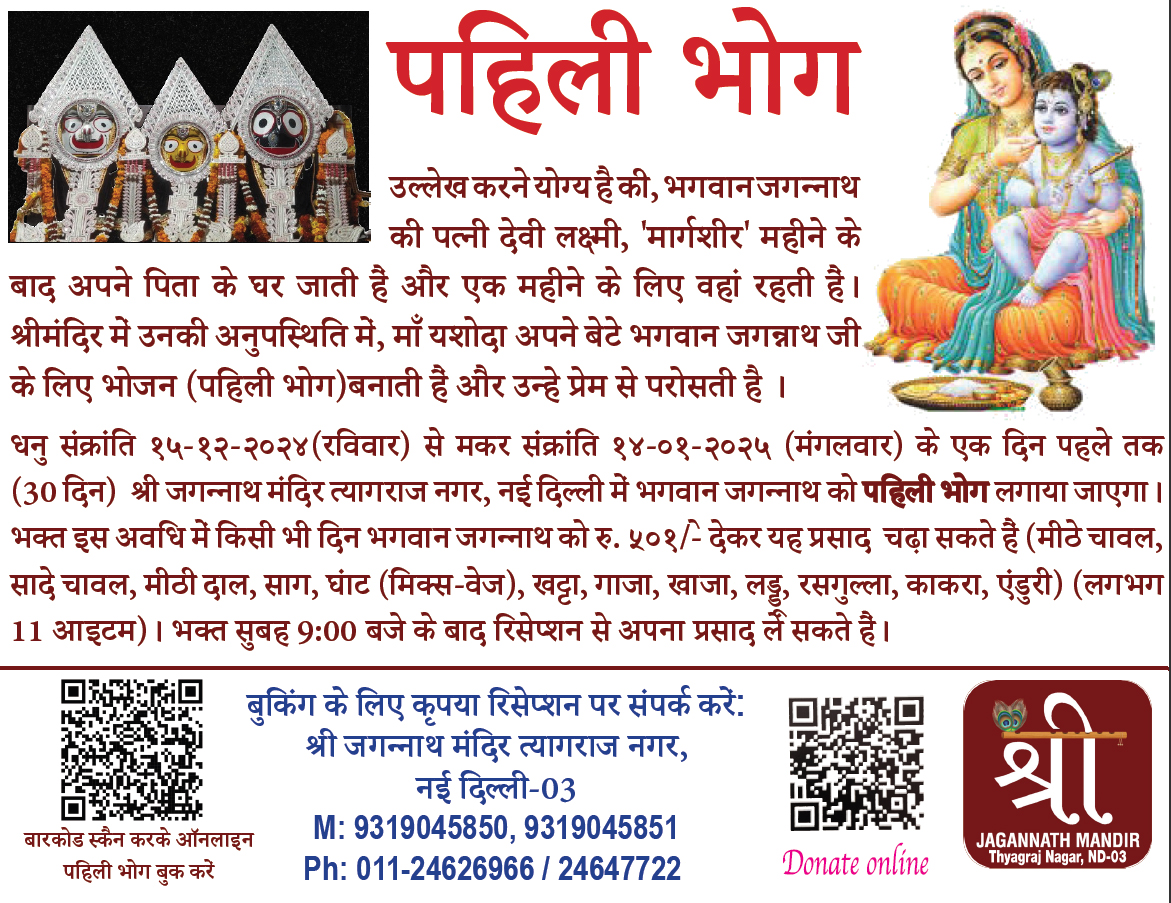🧹 Chhera Pahanra: Humble Ritual of Royalty at Jagannath Mandir
The Chhera Pahanra ritual at Shri Jagannath Mandir, Thyagraj Nagar, Delhi, mirrors one of the most revered ceremonies of Rath Yatra, symbolizing humility, equality, and devotion. This tradition involves the ceremonial sweeping of the chariots of Lord Jagannath, Lord Balabhadra, and Goddess Subhadra by a royal or temple dignitary, reflecting a timeless message: before God, all are equal. 🙇♂️
🕉️ Mythological & Spiritual Roots
According to sacred traditions, even kings bow before Lord Jagannath. This ritual originates from the divine story of King Indradyumna, who, on the Lord’s command, performed this humble act. In Puri, the Gajapati King does the honors. In Delhi, this sacred tradition is continued with the same reverence, keeping alive the ethos of humility.
🔱 Rituals of Chhera Pahanra at Jagannath Mandir
👑 1. Royal Preparation
A respected dignitary or temple head wears ceremonial attire and carries a golden-handled broom designed specially for the occasion.
🛕 2. Ascending the Chariot
Amid chants of “Jai Jagannath!”, the dignitary ascends each chariot—Nandighosa, Taladhwaja, and Darpadalana—in a sacred procession.
🧹 3. Sweeping the Chariot
Using the golden broom, the chariot platforms are swept gently. This act purifies the space and symbolizes complete surrender and service to the Lord.
🌸 4. Offerings & Decoration
After sweeping, sacred items like sandalwood water, turmeric, flowers, and fragrant oils are offered to sanctify and beautify the chariots.
📿 5. Mantras & Bhajans
Priests chant Vedic hymns, and devotees sing devotional bhajans. The energy is divine, filled with spiritual intensity and love.
🎨 Cultural Importance
Chhera Pahanra goes beyond being just a ritual—it’s a lesson in humility, a festival of equality, and a visual celebration of Indian heritage. In Delhi, this tradition draws families, pilgrims, and tourists alike who are inspired by its profound message.
❓ FAQs – Chhera Pahanra at Jagannath Mandir
Q. What is Chhera Pahanra?
A. Chhera Pahanra is the ritual of sweeping the chariots of Lord Jagannath, performed by a royal or temple dignitary during Rath Yatra.
Q. Who performs this ritual at Thyagraj Nagar Mandir?
A. A respected community figure or temple leader performs it, reflecting the tradition of the Gajapati King in Puri.
Q. What does the broom symbolize?
A. It represents humility and devotion—reminding us that everyone, even a king, is a servant before God.
Q. When does the ritual take place?
A. It is performed just before the chariots are pulled, marking the ceremonial cleansing and blessing of the journey.
Q. Is the public allowed to witness this?
A. Yes, devotees are encouraged to attend and experience this rare and powerful moment of spiritual equality.
🌺 Conclusion
The Chhera Pahanra ritual at Jagannath Mandir, Thyagraj Nagar is more than just sweeping a chariot—it’s a sweeping away of ego. In this humble act lies a powerful message: that true devotion lies in service, and before the Lord, we are all equal. 🙏
Join us during Rath Yatra and be a part of this sacred tradition that bridges myth, devotion, and humanity.
📍 Location
-
Temple Address: Shri Jagannath Marg, Thyagraj Nagar, New Delhi – 110003
-
Entry Gates:
-
Pedestrian: Gate 1, Thyagraj Nagar Residential Colony
-
Vehicle: Gate 2, Near Tyagraj Stadium Gate No-1
-
- Google Map लिंक: Shri Jagannath Mandir Location
- फोन: +91-9319045850



